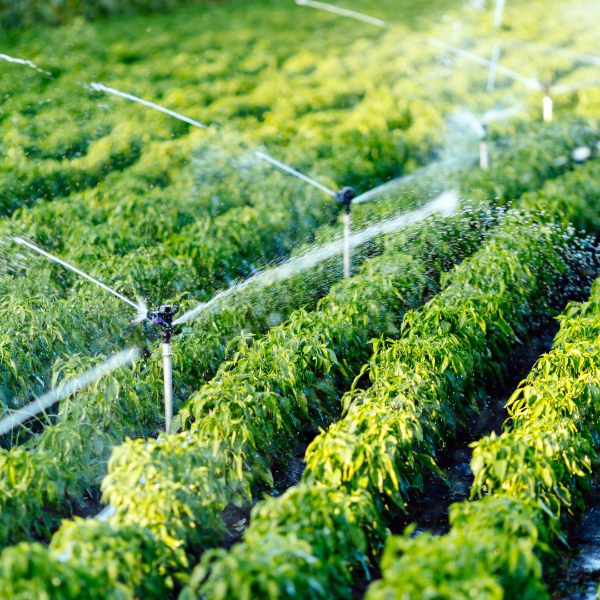Water stewardship: sustainable water management in practice

Action is required to ensure that fresh water remains available for current and future generations. On water stewardship programmes, those responsible for water management are brought together. Witteveen+Bos has worked with businesses and governments for years now on these programmes to come up with concrete solutions.
‘Water stewardship involves proactive and integrated efforts to maintain the availability and improve the quality of water for people and the environment. But it’s also about acknowledging and understanding in a broader context,’ explains Heleen de Fooij, project manager for strategic water studies. ‘Like understanding the impact of water use and water scarcity on local communities, biodiversity, and climate change.’
Working towards a water policy
In recent years, water stewardship has increasingly been embraced across the globe – especially by industry and businesses – to take responsibility for the use of water. Food and beverage companies have been at the forefront of this approach. This makes sense, as water is often essential in the production of consumer products. Companies in the chemical and energy sectors are also increasingly devoting attention to water policy.
Witteveen+Bos helps clients from industry and the public sector translate ambitions and goals for more wisely using water into concrete measures based on relevant data. We look at the issues from an integrated perspective – together with water experts as well as specialists from other fields, such as ecologists and process technologists.
Support at different levels
This integrated approach requires efforts at two levels: within and outside the company. Internally, it is all about reducing water consumption – for instance, by optimising processes or recycling. Committing to technological innovation, for example, is a widely used and effective tool for reducing water footprints.
Further examples include sustainable water management (e.g. limiting water use), ecology (e.g. reducing ecological impact on the environment), circular solutions (e.g. reusing water), industrial symbiosis (e.g. high-value use of residual flows), and stakeholder participation (e.g. stimulating conscious water use through effective communication).
Externally, water stewardship concerns areas like the availability and quality of water for local residents, as well as broader issues such as climate change and ecology – for example, developing healthy ecosystems or managing flood risks. Such overarching issues require an integrated and multilateral approach focused on collaboration. To achieve results, it is essential that companies, governments, local communities, NGOs, and other stakeholders join forces.
Projects
An example of a concrete project is the water-related compliance checks conducted for Coca-Cola Indonesia at wastewater treatment plants, in combination with preparations at their production sites for certification by the Alliance for Water Stewardship.
Our experts also assisted an international energy company in preparing a water balance and identifying hotspots. Interventions were identified and developed which resulted in a significant reduction in the company’s water footprint.
We are also working on internal water stewardship guidelines for an international energy organisation. As a result, all affiliated companies will be supported in the sustainable use of water sources in harmony with other stakeholders.
Risk management and sustainability
Organisations are also embracing water stewardship to manage reputational, regulatory and financial risks. Companies are becoming increasingly aware of their social responsibilities, with water stewardship programmes helping make this responsibility concrete.
Heleen de Fooij: ‘Working on water stewardship programmes is not only interesting from a professional perspective; the principles are very much in line with Witteveen+Bos’s own sustainability policy, in which we aim to combine economic development, social equality, and protection of the climate and biodiversity.’
More information?
